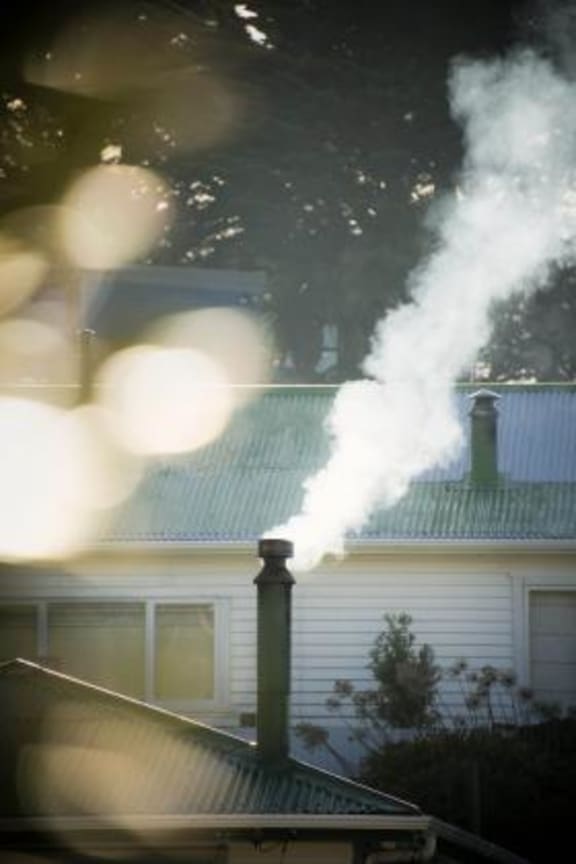
Smoke from a wood burner. Photo: Dave Allen / NIWA CC BY-NC-ND 4.0
When it comes to air pollution it is the very small stuff that you have to watch out for.
The worst air pollution is often in our own homes, caused by wood smoke, fried foods and cigarette smoke.
Out on the street, meanwhile, vehicle exhausts contribute other pollutants such as ozone as well as deadly, fine particulate matter.
Tiny particles, less than 10 microns in size, are often referred to as PM10. They can penetrate deep into our lungs and even into our blood stream, causing heart disease, cancer, stroke and respiratory infections such as pneumonia.
The World Health Organisation (WHO) says that in 2012, household air pollution was responsible for 4.3 million deaths worldwide, and accounted for 7.7 percent of global mortality.
Nearly 4 million more deaths were caused by environmental or ambient air pollution outside the home.

Vehicle exhaust is an important source of outdoor air pollution. Photo: Dave Allen / NIWA CC BY-NC-ND 4.0
How does air pollution stack up against other causes of early deaths? Globally it’s the fourth highest risk factor for death. It’s by far the leading environmental risk factor for disease, especially in India and China.
Public health researchers Caroline Shaw and Simon Hales, from the University of Otago Wellington, say that New Zealand has relatively clean air, but even so long term exposure to fine particles causes about 1000 premature deaths each year.
Caroline and Simon both study the role of carbon dioxide as a pollutant. They are interested in looking at its contribution to global warming , and are investigating how it might exacerbate the health impacts of air pollution as weather patterns change.
“We don’t know what the effect of climate change might be on [fine] particles,” says Simon. “That’s because we’re not sure about its effects on calm weather, which is one of the main things that affects air pollution at the surface.”
The researchers are more confident in saying that ozone levels will increase with higher temperatures.
Caroline says that heat waves are forecast to increase in frequency and she says that we already know that heat interacts with pollutants.
“Air pollution gets worse in heat weaves and causes more mortality,” says Caroline.
Caroline is investigating how moves to more efficient transport, such as increased use of public transport, buses and cycling or walking, might be useful not just for climate change mitigation but could have health benefits through lower levels of air pollution.

Factory smoke in the Hutt Valley Photo: Dave Allen / NIWA CC BY-NC-ND 4.0
Further listening
NIWA has been installing small air sensors in houses in Rangiora to measure levels of wood smoke.
In 2013, Our Changing World investigated a joint University of Auckland and NIWA research project looking at air and noise pollution in Auckland’s Queen Street.
In 2010, Our Changing World talked with NIWA’s Ian Longley about a research project looking at the impact of motorway traffic and wood smoke on air quality inside and outside homes.
And University of Otago researchers are concerned that smoking and second hand smoke continue to be significant global health burdens.

